December 2020 Edition
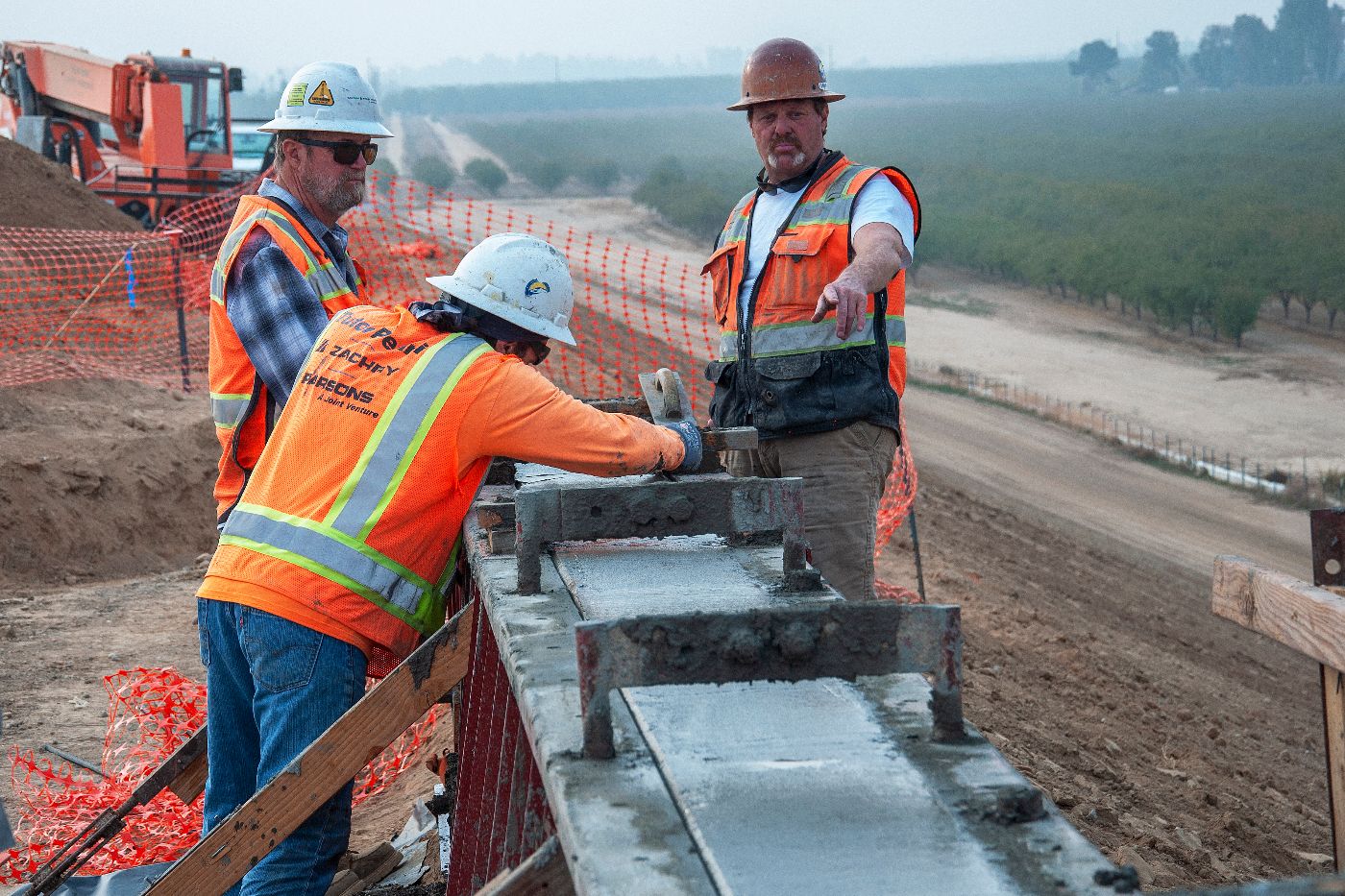
Updates Per Project
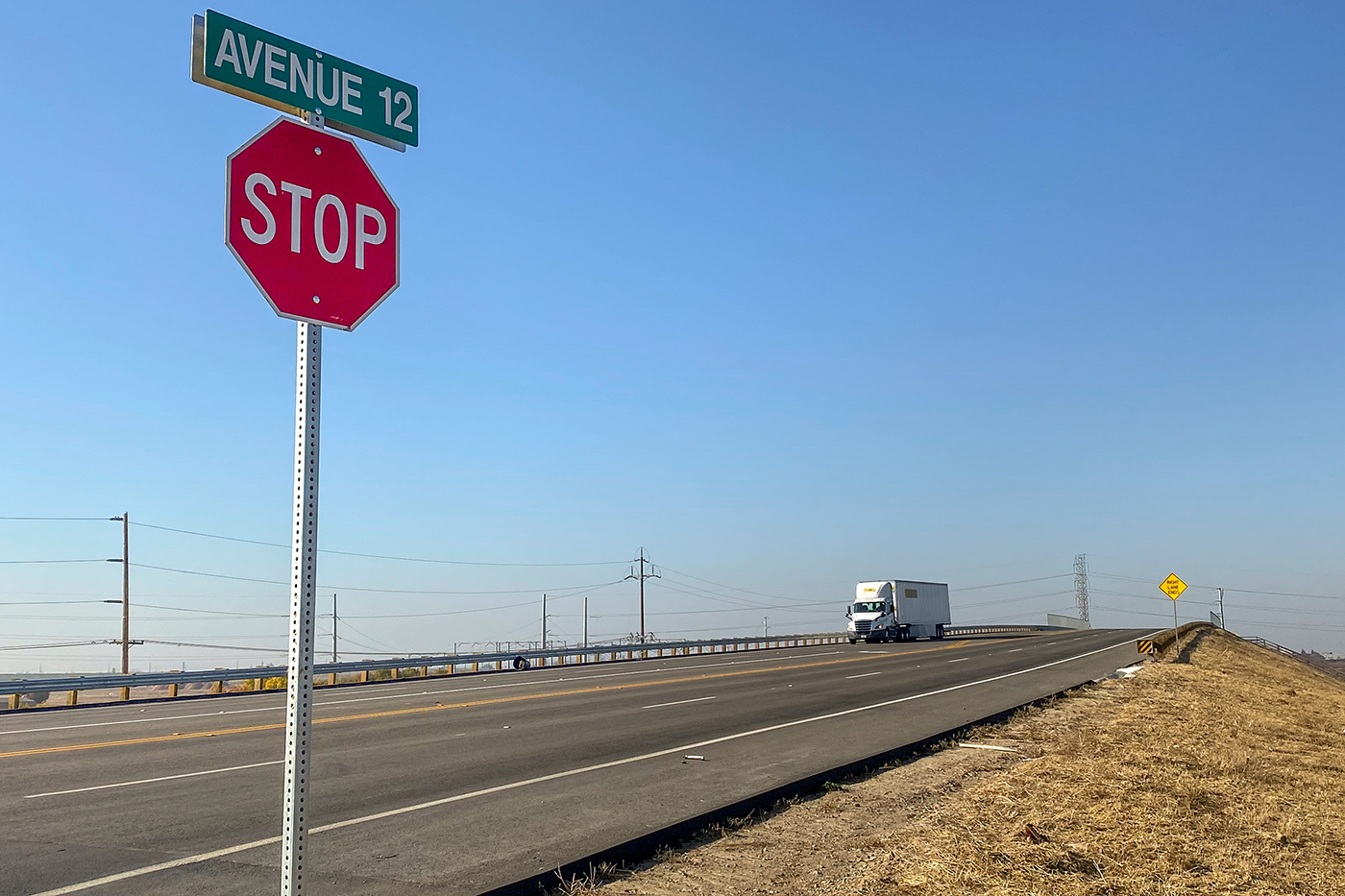
CP 1: Avenue 12 Grade Separation
Work is nearly complete at the Avenue 12 Grade Separation. Crews have shifted traffic onto the structure and are working to put the final touches on the structure itself including some profile grinding on the top of the roadway which will enhance the safety and ride along the roadway.
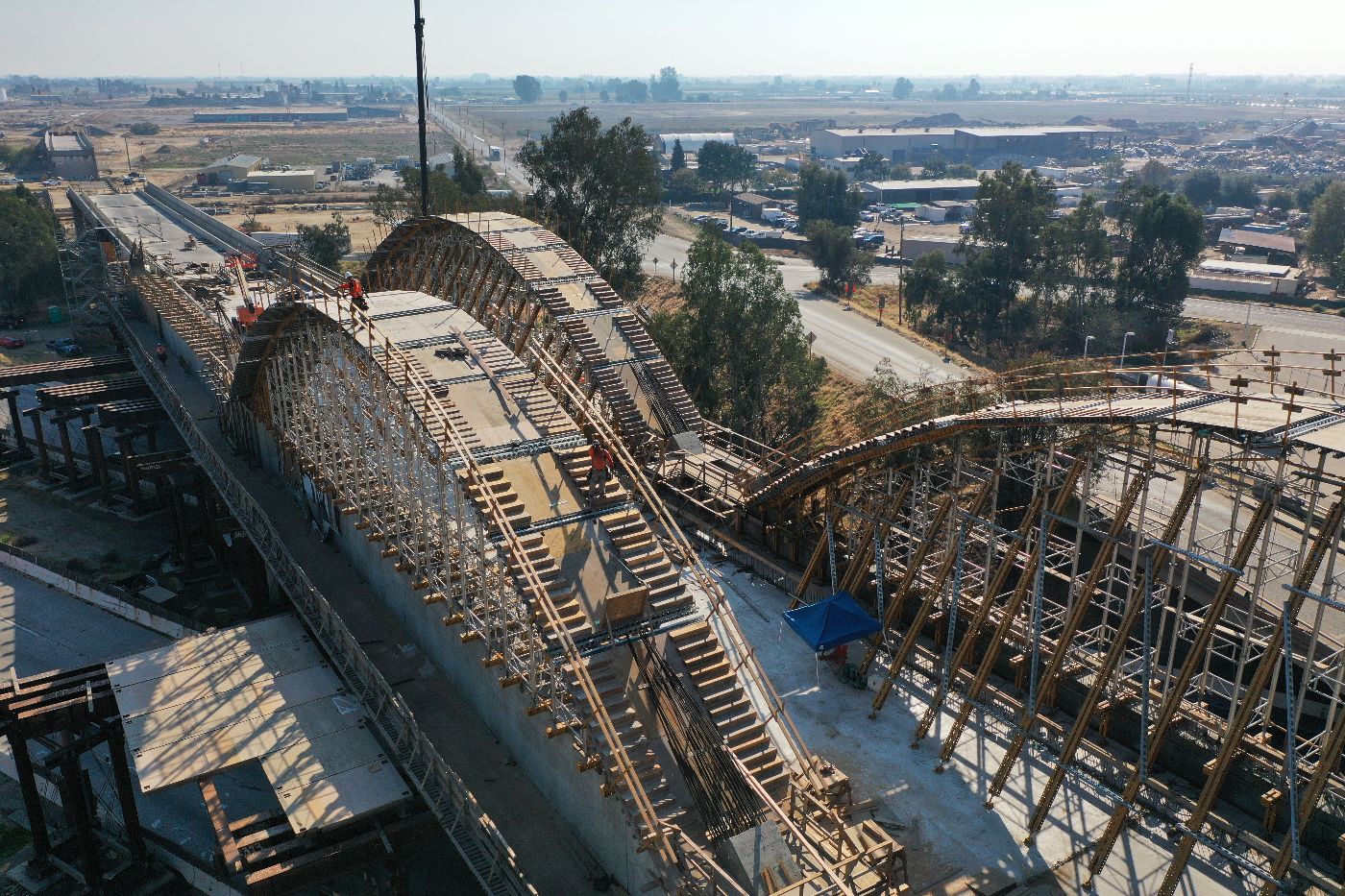
CP 1: Cedar Viaduct
At the northern portion of the Cedar Viaduct, crews continue to construct the falsework for the structure taking high-speed trains over Golden State Boulevard. South of Golden State Boulevard, crews have begun stripping some of the falsework of the viaduct. Near State Route 99, carpenters continue to build the formwork for the arches and ironworkers continue to tie rebar for the arch beams.
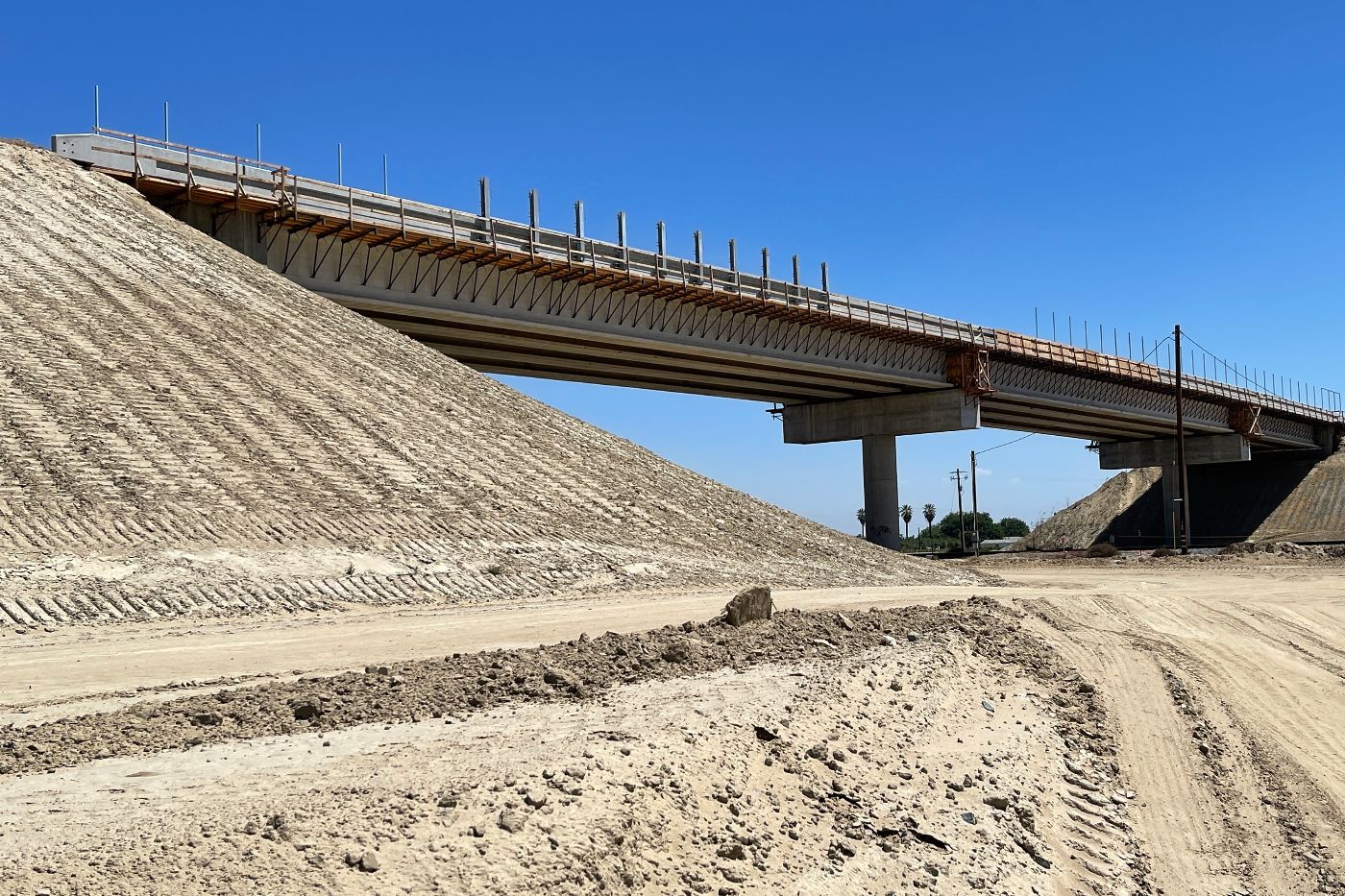
CP 2-3: South Avenue Grade Separation
Crews are working on top of the superstructure getting ready for another concrete pour for the back wall of the structure. Shortly after, crews will backfill the wall with fill material.
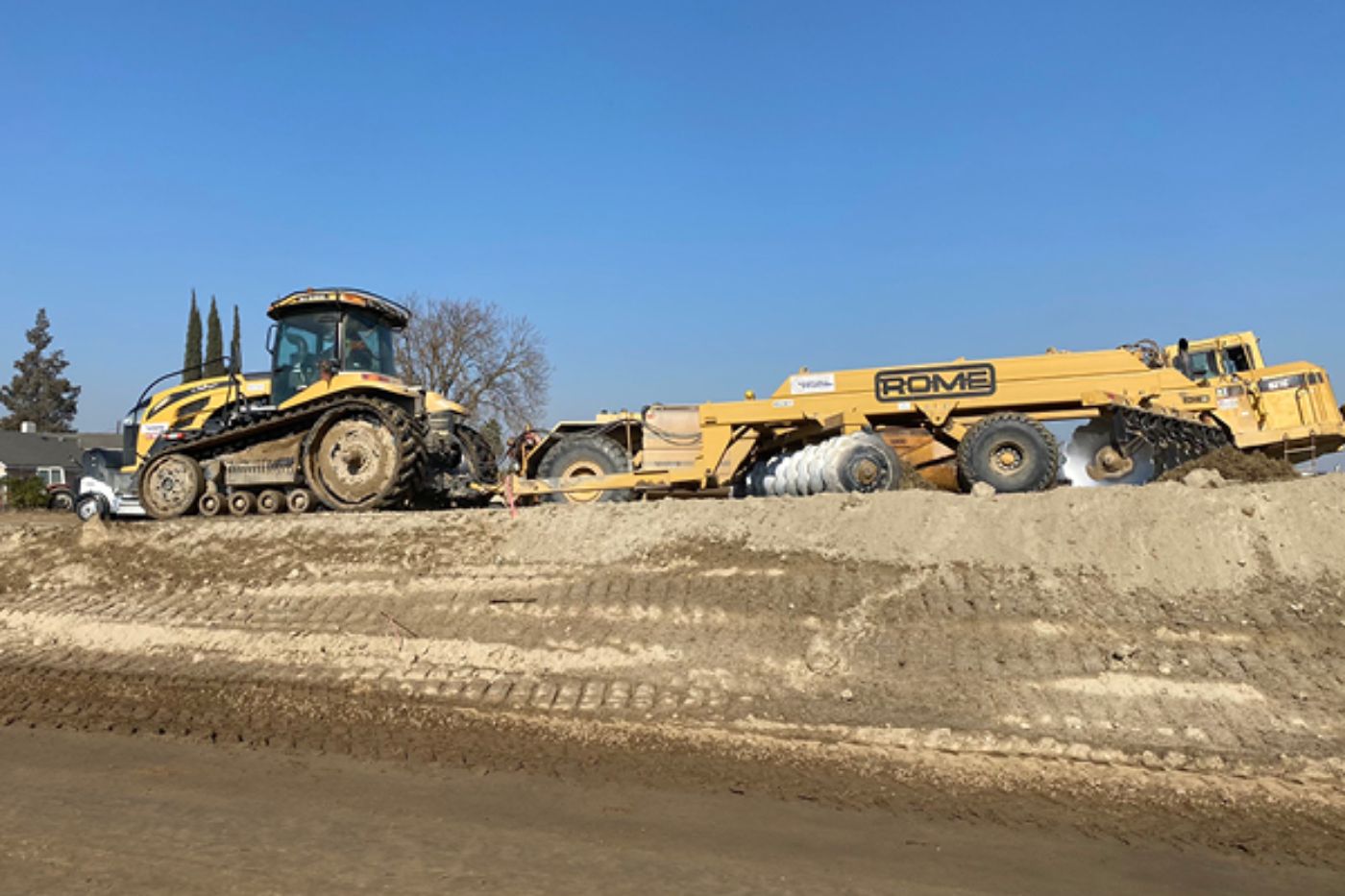
CP 2-3: Adams Avenue Grade Separation
In November, a new construction site broke ground in Fresno County at the Adams Avenue overcrossing. Crews have completed the original grade preparations including closing and demolishing the roadway and are now hauling-in dirt for preliminary work on the slopes of the structure.
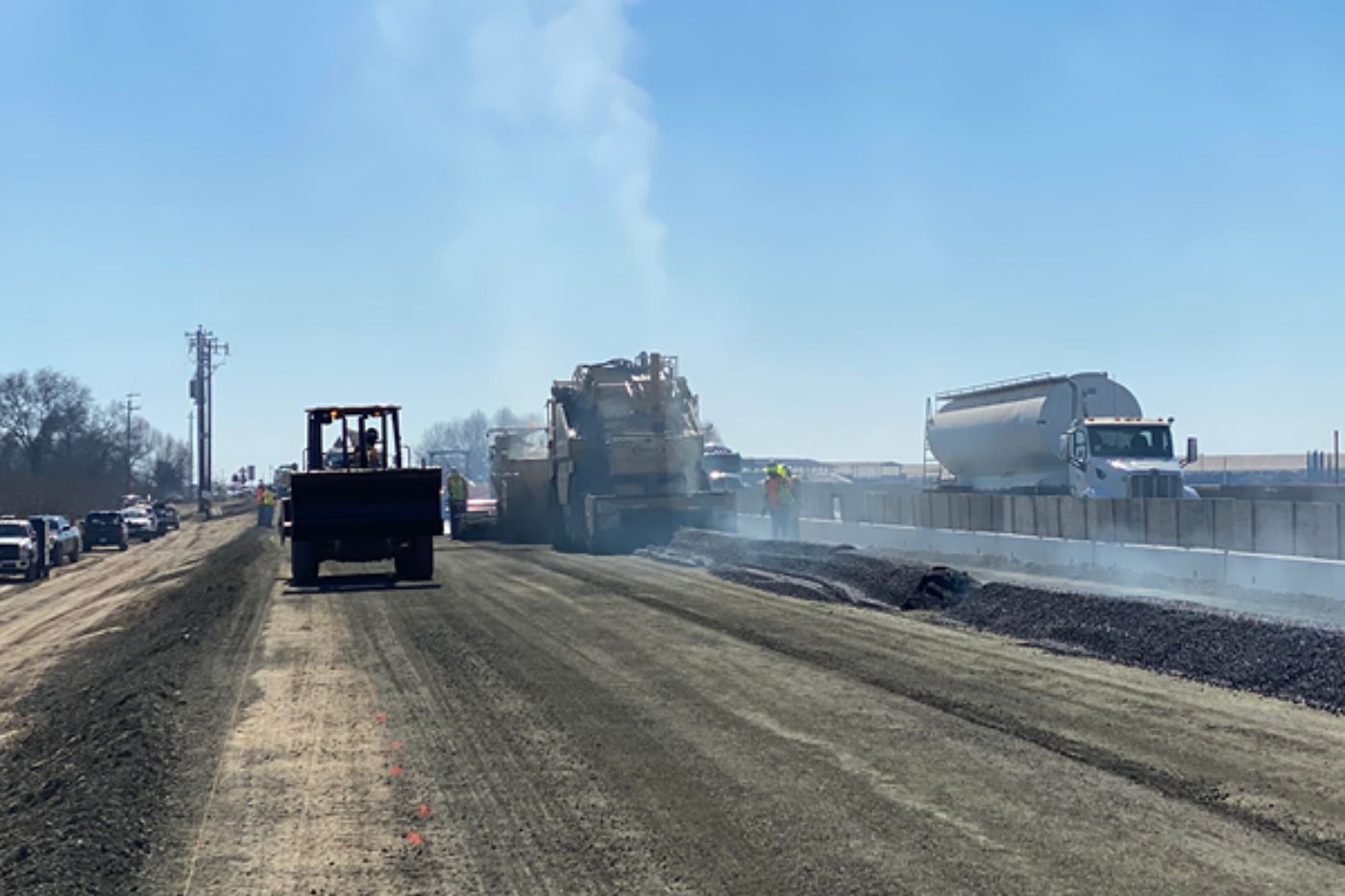
CP 2-3: Cairo & Ninth Avenues
At Cairo Avenue (first photo), construction crews have the abutments built and ready for the falsework of the superstructure to be installed.
Nearby at Ninth Avenue (second photo), continued construction of the falsework for the superstructure of the future high-speed rail structure. Crews will now tie-in rebar for the soffit of the structure in preparation of a concrete placement. Both structures will carry high-speed trains above grade and allow traffic to pass underneath.
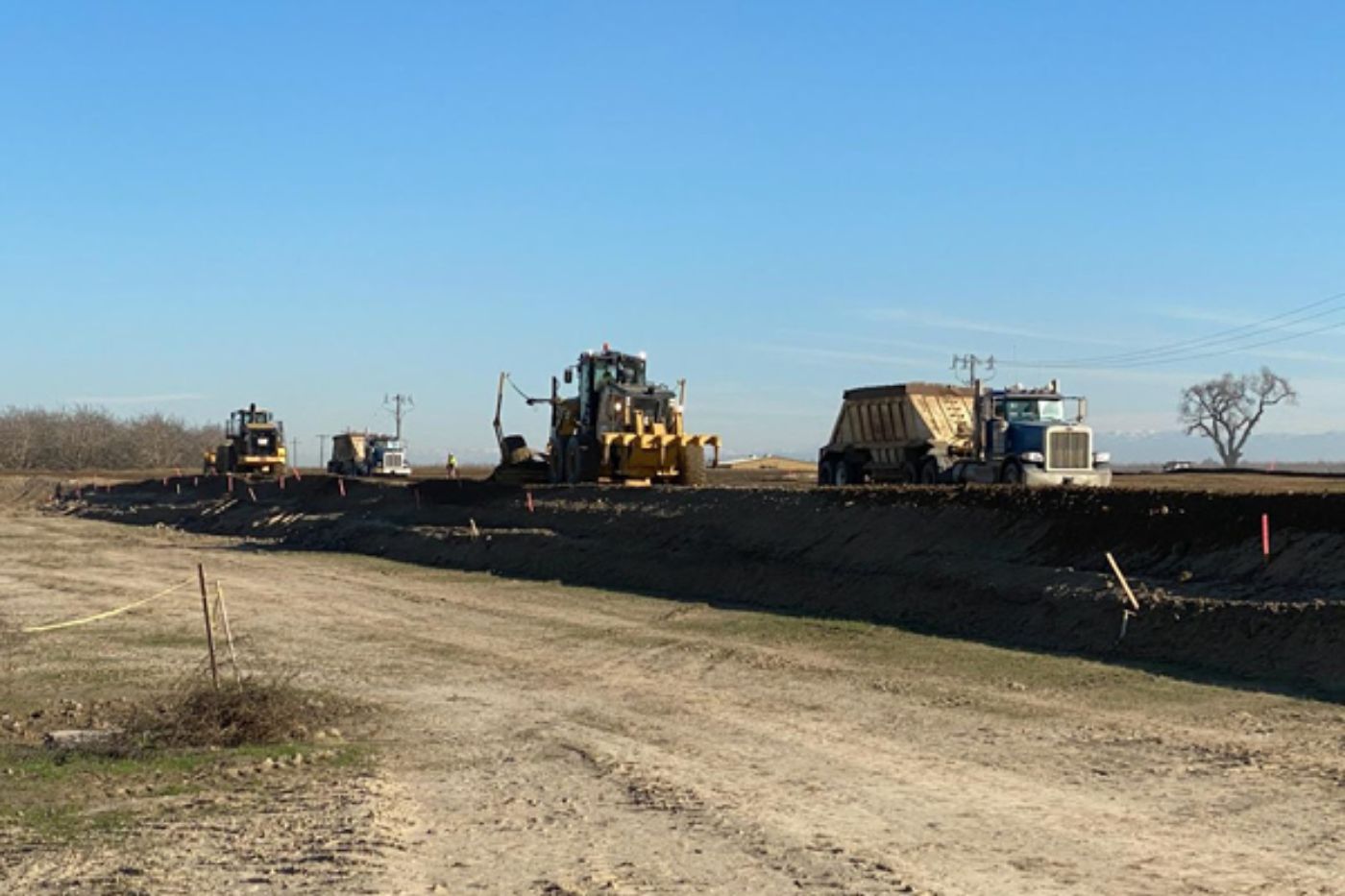
CP 2-3: Tule River Viaduct
At the Tule River Viaduct in Tulare County, subcontractors are working on drilling more than 150 cast-in-drilled-hole (CIDH) piles to provide the foundation of the future high-speed rail structure. Each pile ranges from 60 to 200 feet in length. These piles will form the bents of the substructure. The Tule River Viaduct will carry high-speed trains from the east to the west side of the BNSF freight line, and across State Route 43.
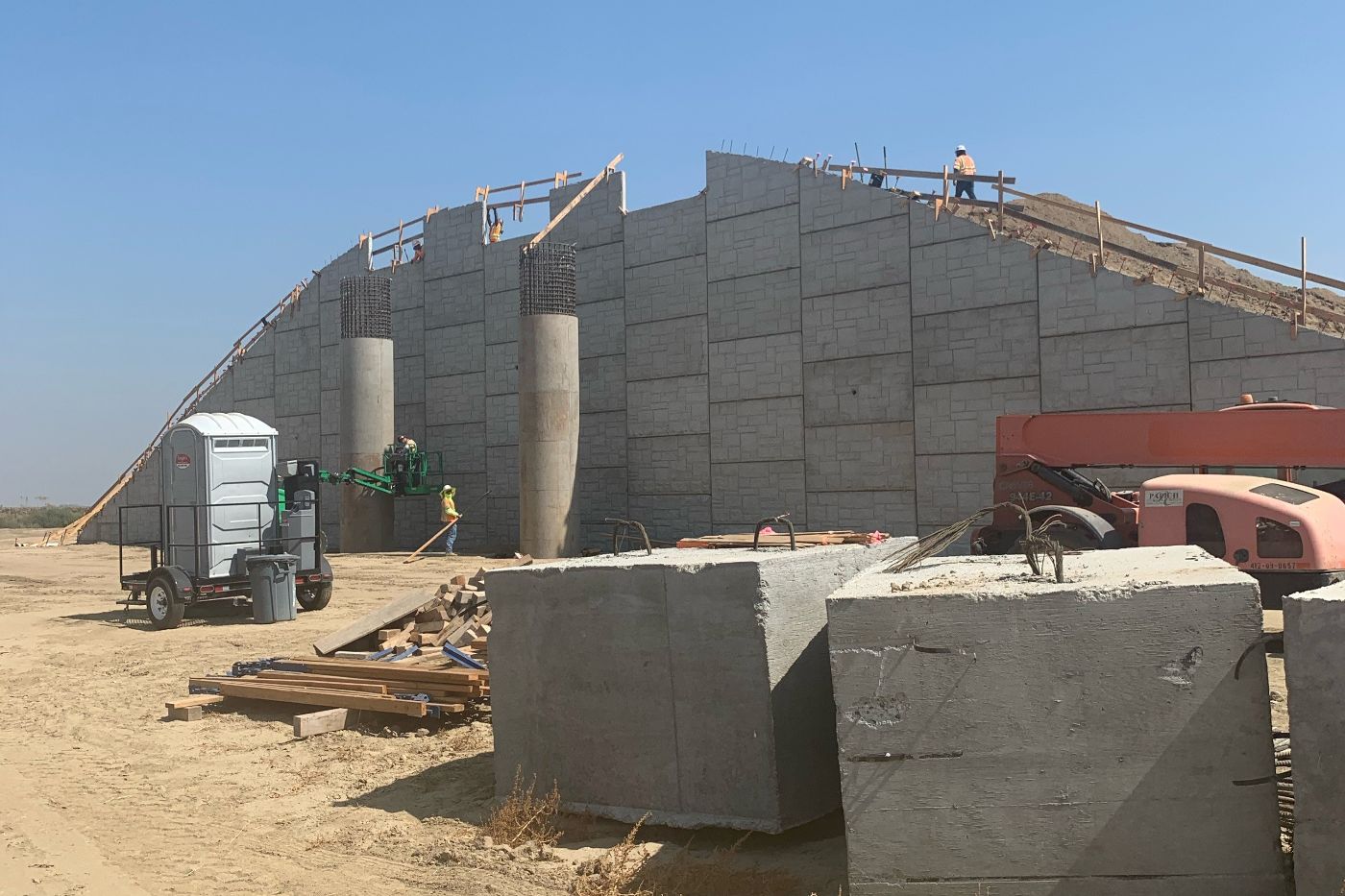
CP 4: Mccombs Avenue Grade Separation
Just north of Wasco at McCombs Avenue, crews completed the first mechanically stabilized earth (MSE) wall on the east side of State Route 43 (SR 43). In the coming months, they will begin working on the west side of the highway. The McCombs Avenue Grade Separation will take traffic over SR 43, BNSF freight line, and the future high-speed rail lines.
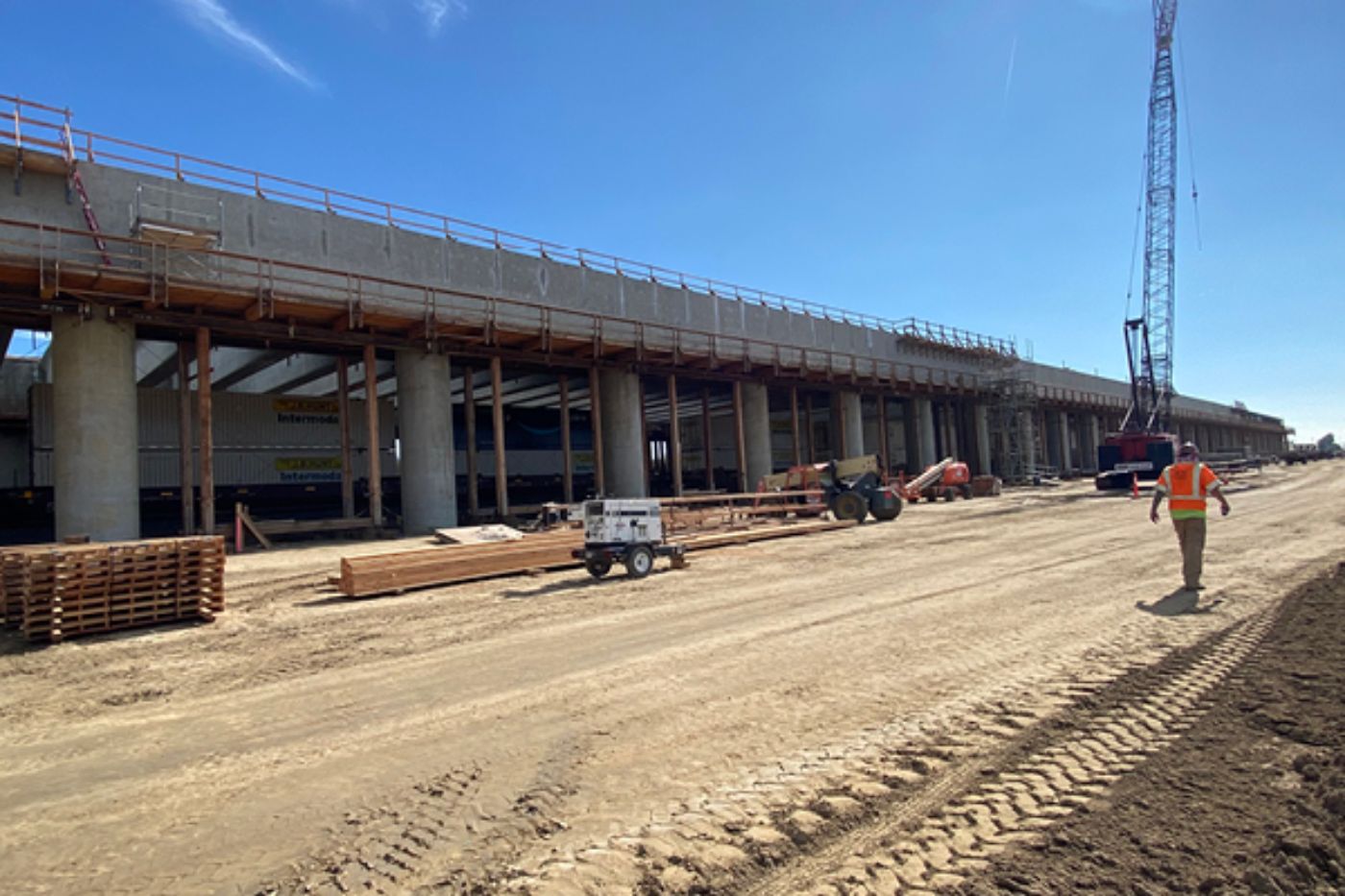
CP 4: Pond Avenue Viaduct
At Pond Road, crews are preparing to place nearly 340 cubic yards of concrete to form the stem walls on both sides of the high-speed rail structure. When completed, the structure will span 121 feet long and 52 feet wide and will take high-speed trains over Pond Road.
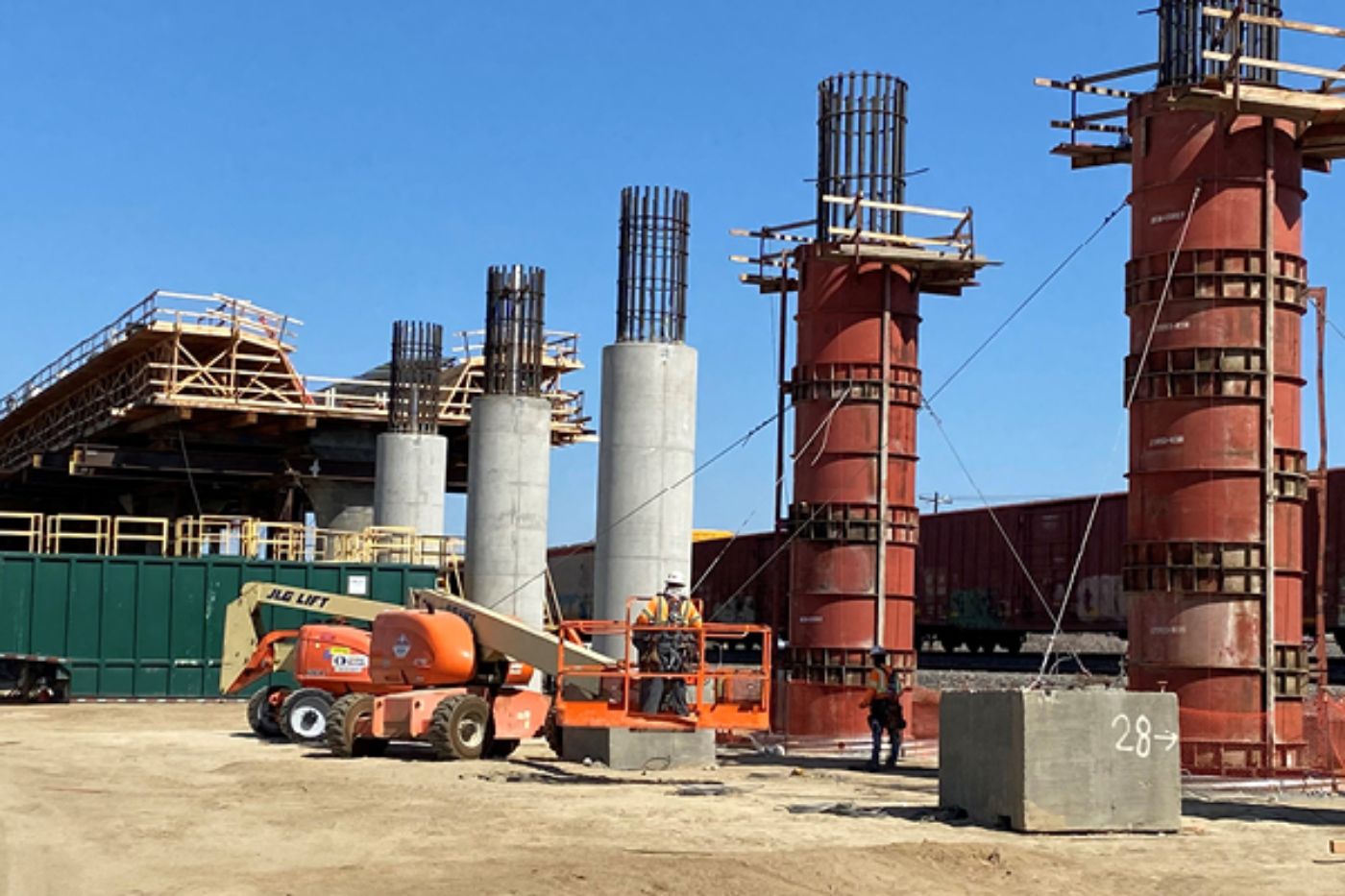
CP 4: Wasco Viaduct
At the Wasco Viaduct, north of the pergola section, crews are installing post-tensioning ducts and tying rebar at the box girder section. At the pergola section, rebar is being installed at the lower edge girder. At the south viaduct, preparations are being made to install falsework at the beginning of the new year. Concrete placements will resume in January.